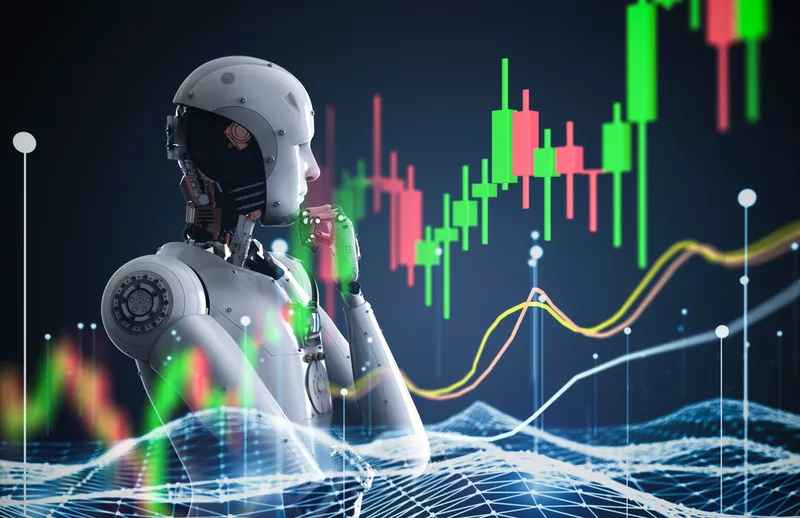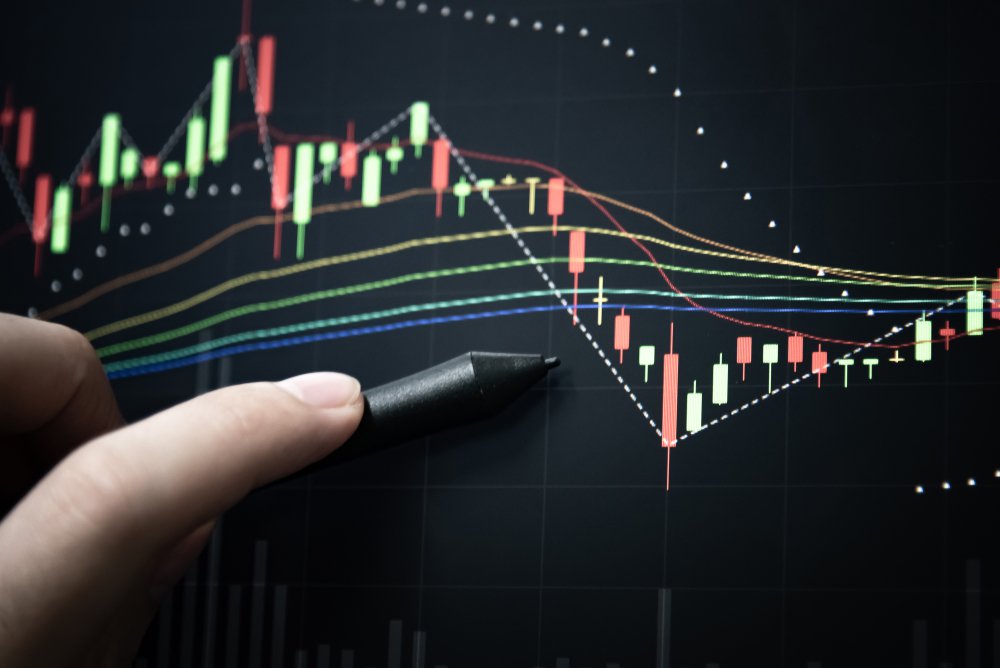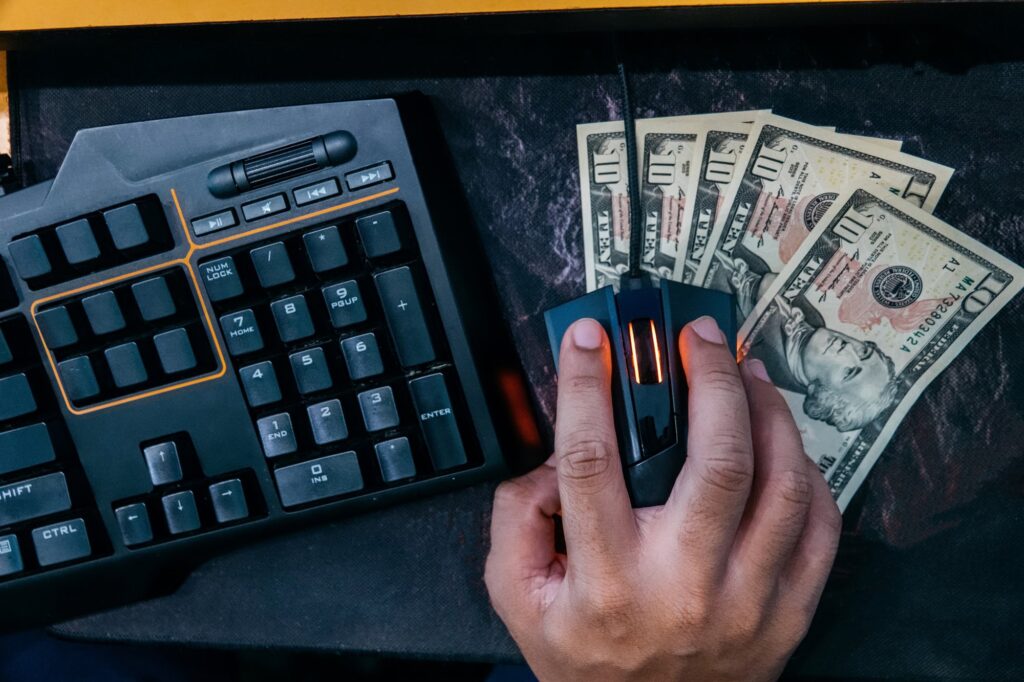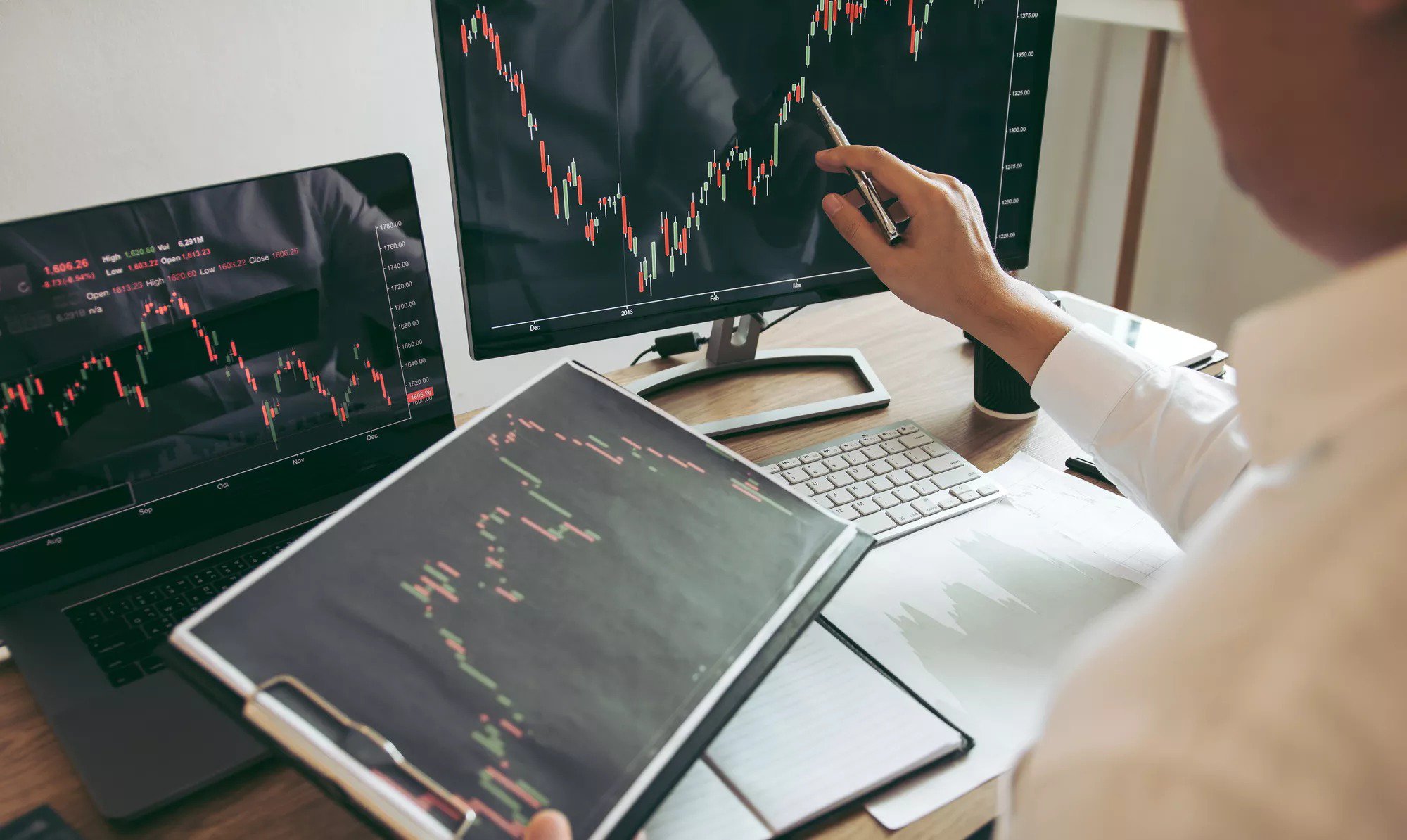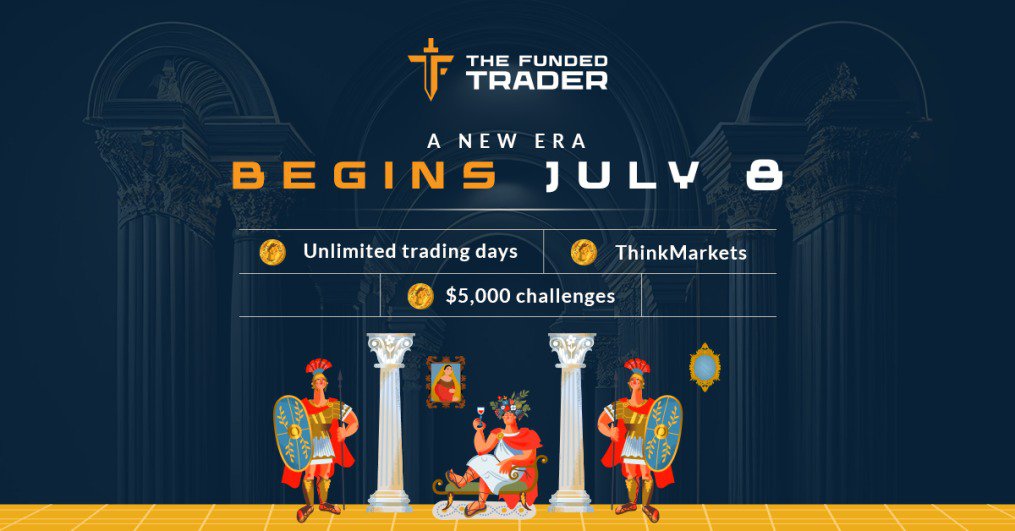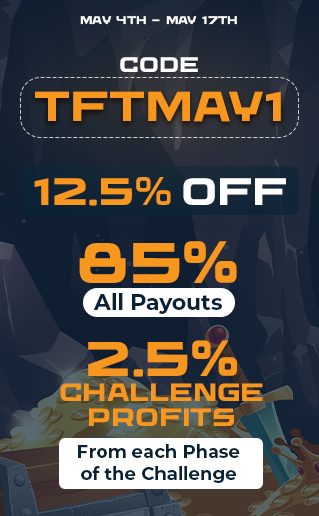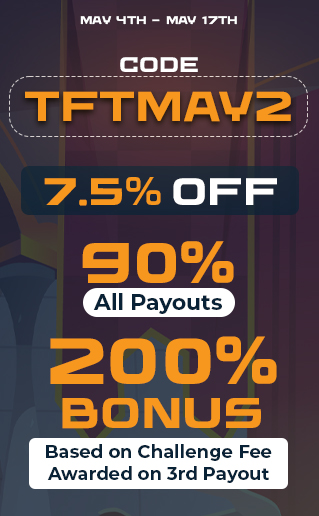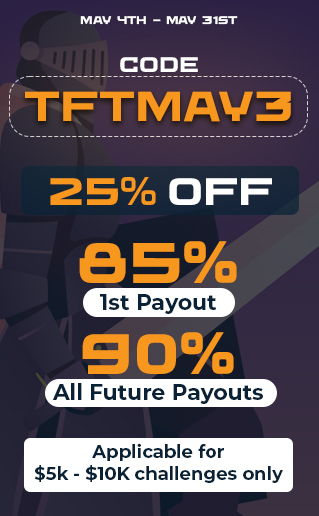Trading through artificial intelligence (AI) has reemerged as a hot topic among both retail and institutional investors in light of dramatic advancements in the field. Independent individuals, boutique firms, and major brokerages and investment banks have all adopted various AI trading technologies. The goal is to automate investment decisions and trading processes.
Investors can leverage AI trading technologies in many different ways. One simple approach, for example, is to set basic parameters that instruct AI to buy or sell securities once they cross a specific price threshold. But AI also supports far more complex operations, which users can customize according to unique parameters.
In this guide, we’ll look at current AI trading technologies and explore their features, capabilities, risks, and limitations. You’ll learn what to expect and how to best use these potentially helpful tools.

What Are AI Trading Bots?
Bots are specialized computer programs designed to complete automated online tasks. When powered with AI and used to trade in financial markets, bots can:
- Analyze buying and selling trends to assess market sentiment
- Evaluate data to predict future price movements
- Recommend ways to optimize investors’ asset allocations
- Highlight investment opportunities that match user preferences and objectives
AI trading platforms also carry out trades automatically, without the need for human input. As a result, they can react to buying and selling opportunities far faster than human traders or brokers can.
Prop firms, brokerages, banks, and retail traders use various types of AI-powered bots to aid their decisions and operations. Examples include:
- Crypto bots, which focus on cryptocurrency markets.
- Forex bots, which concentrate on global foreign exchange markets.
- Arbitrage bots, which seek out and instantly react to cross-market price inefficiencies that offer immediate profit potential.
- Margin trading and leveraging bots, which work to maximize earning power through the strategic use of borrowing and leverage.
- Market-maker bots, which place buy and sell orders beyond the confines of listed spreads to secure quick profits.
Another well-known class of AI trading tools includes robo-advisors, which offer generalized advice and information on trading opportunities based on the investor’s personal profile and submitted preferences.
How AI Trading Works
AI trading platforms are guided by algorithms that tell the program how to behave and respond under specific conditions. The algorithms that power trading bots use machine learning to carry out the comprehensive real-time analysis of large troves of online data. They also consider alternative forms of data and information, such as news sources and social media.
Trading bots have three defining operational features:
The Signal Generator
During the signal generator phase, the automated funded trader looks for specific price- and trend-related signals that match pre-defined parameters. Upon detecting a matching opportunity, the bot either alerts a human user or automatically places an order, depending on how it’s been configured.
Risk Allocation Analysis
AI trading platforms always consider investment opportunities in the context of their human users’ risk tolerance. By analyzing risk allocation, the bot can advise the user on how to size their trading position based on its relative risk proposition.
Trade Execution
Trade execution features tell the bot when and how to translate buying or selling signals into active orders. Thousands of financial institutions and retail investors around the world use trading bots. Many of them use the same bots to detect and take advantage of the same market movements.
As such, AI trading experts generally recommend that users gradually move into their selected positions. Sudden rushes of AI-powered buying and selling activity can impact asset pricing.

Exploring the Possibilities: Is AI Trading Suitable?
Using artificial intelligence to guide trading strategy and execute trades is perfectly legal under U.S. and international law. AI can also reduce the amount of time a person must invest to learn Forex, stock, and cryptocurrency trading strategies before getting started.
However, regulatory guidelines vary among jurisdictions. Investors should carefully research the regulations that apply to the markets and countries where they plan to conduct trading activity.
At the same time, cryptocurrency, stock, and Forex traders must consider restrictions when using AI. For instance, AI trading platforms are subject to the same set of laws that prohibit actions such as insider trading and market manipulation practices. Traders are also strongly advised to limit their use of artificial intelligence technologies to licensed and reputable platforms.
In addition, experienced users and financial technology experts emphasize the importance of maintaining human oversight when using AI technologies. Trading bots sometimes behave in unexpected ways, so it’s crucial for their human users to regularly review their actions and performance standards.
Why AI Trading Can Be Attractive to New Traders
People who are new to trading tend to be particularly drawn to AI investing technologies. These tools make advanced and sophisticated trading strategies available to users who are still developing their knowledge bases. They also reduce the impacts of emotion-driven biases, which can negatively impact the outcomes of buying and selling decisions.
AI can even help new investors manage risk more effectively and diversify their investment portfolios. However, retail traders should carefully weigh the advantages that AI platforms offer in the context of their limitations and drawbacks.
Risks and Limitations of AI Trading
AI trading platforms cannot replicate human intuition. They also tend to struggle and behave in unexpected ways when unforeseen events impact market movements. Investing experts widely emphasize that AI platforms function best as tools for supplementing human judgment. Over-reliance on AI-driven trading automation can lead to negative outcomes, including potentially significant losses.
Additional downsides and limitations of AI investment management tools include:
- Unpredictable behaviors: AI trading platforms sometimes misconstrue market signals, then recommend or place trades based on incorrect assumptions. This can lead to investor losses.
- Security considerations: Hackers and other bad actors may try to exploit trading bots or gain unauthorized access to them. This can compromise private user information or even allow hackers to gain control of trading functions to trigger massive losses.
- Over-reliance on historical data: When analyzing price data, trading platforms primarily rely on historical information. This limits their ability to take current and projected near-future information into account, making them less responsive to the changing dynamics of shifting markets.
Get Started With AI Trading
When used as a supplementary tool, AI trading technologies can help investors respond to appealing opportunities and maximize their profit potential. They also address human biases, functionally reducing the negative influence of emotion on decision-making processes.
Investors of all experience levels can incorporate AI trading into their financial arsenals. The Funded Trader helps investors sharpen their skills through strikingly accurate simulations that use real market data. Visit the Funded Trader and start building your investing skills today.







